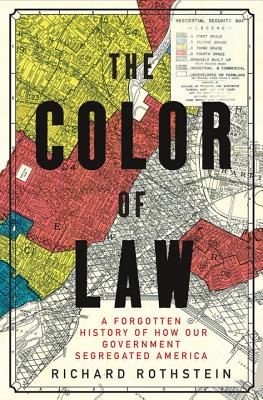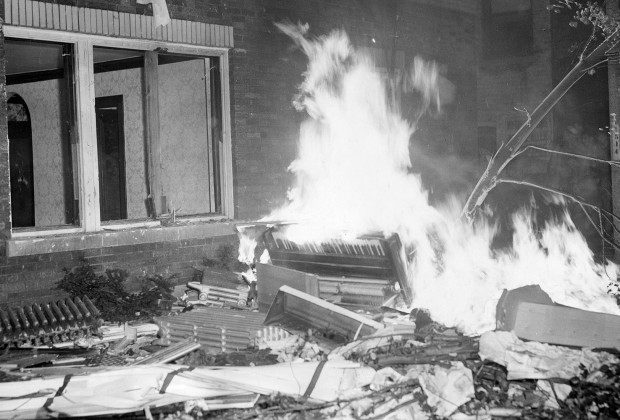On November 5, 1917, in the case of Buchanan v. Warley, the Supreme Court declared segregated housing to be unconstitutional. In an unanimous decision, the Court determined that a Louisville, Kentucky city ordinance limiting Black people from living in majority-white areas was in violation of the 14th Amendment and an infringement on individual property rights. Looking back years later, W. E. B. Du Bois declared the decision to have broken “the backbone of segregation.”
The African American Registry describes,
In 1915, William Warley, the prospective Black buyer and an attorney for the National Association for the Advancement of Colored People (NAACP), made an offer to Charles H. Buchanan for his property in a predominately white neighborhood. Prior state court rulings had overturned racial zoning ordinances on the grounds of the “takings clause” because of their failures to grandfather land that had been owned before enactment. The Court, in Buchanan, ruled that the motive for the Louisville ordinance, separation of races for purported reasons, was an inappropriate exercise of police power, and its insufficient purpose also made it unconstitutional.
As Kriston Capps wrote in 2017, “It would take many more years to bring an end to de jure racial segregation: Congress finally passed the Fair Housing Act in 1968. That work is unfinished, to say the least. Racial segregation in housing is still the reality across America. Today, the African-American homeownership rate is at its lowest levels since the 1960s.”

A historical marker in Louisville commemorating this civil rights victory. Source: SamePassage
Bring this story to life in the classroom with the mixer lesson How Red Lines Built White Wealth: A Lesson on Housing Segregation in the 20th Century, where students — one of which is the defendant in this case, NAACP attorney William Warley.
We recommend the essay “But He Did What He Could”: William Warley Leads Louisville’s Fight for Justice, 1902–1946 by Russell Wigginton.
Below, watch a video about the Buchanan v. Warley case by the National Abolition Hall of Fame and Museum (NAHOF).















Twitter
Google plus
LinkedIn